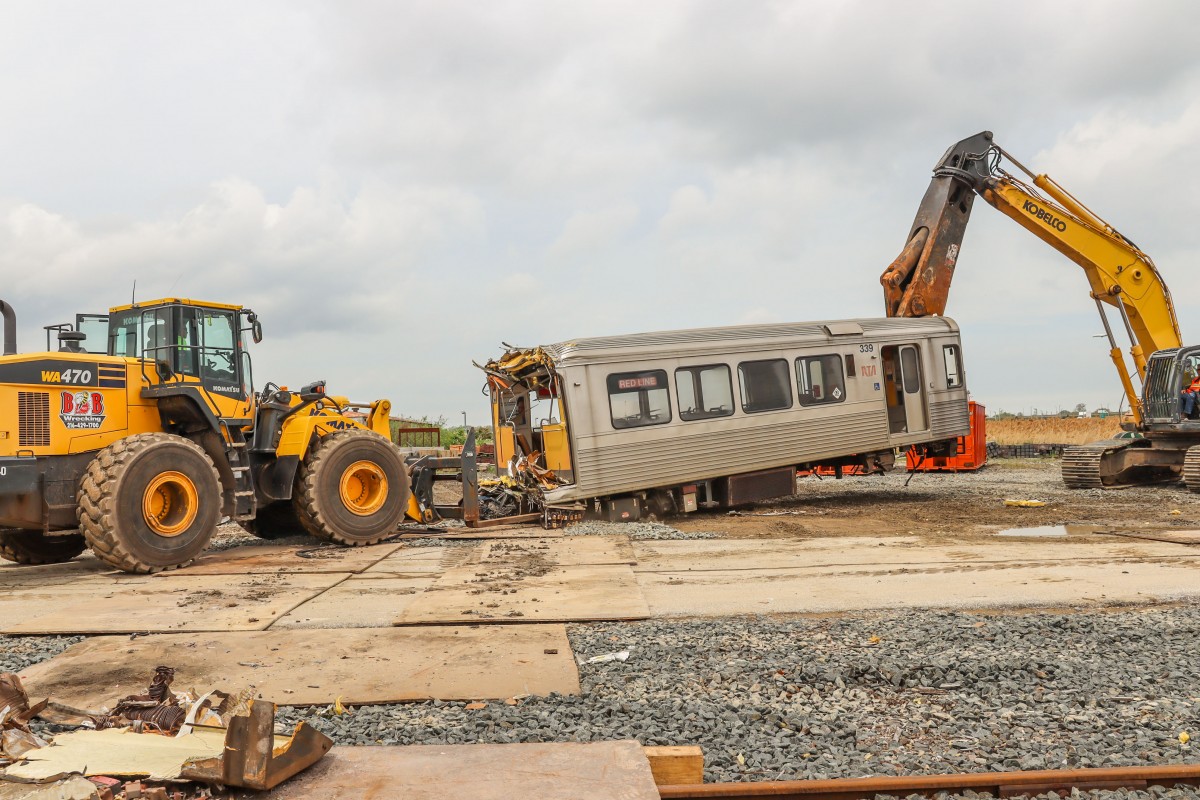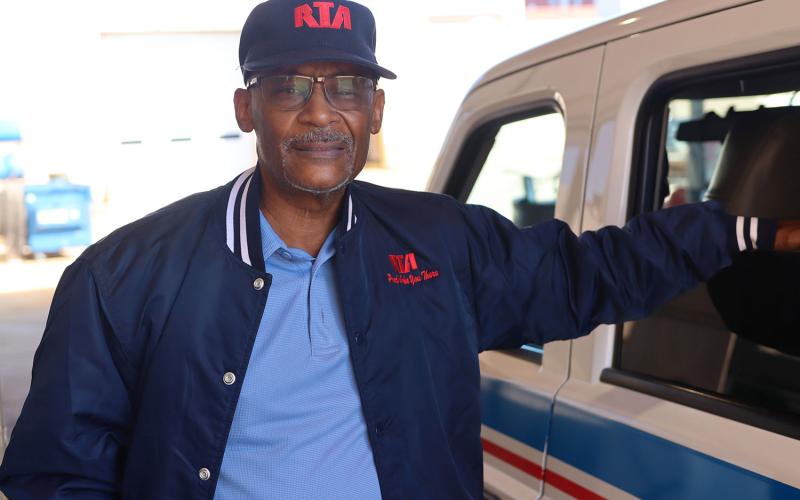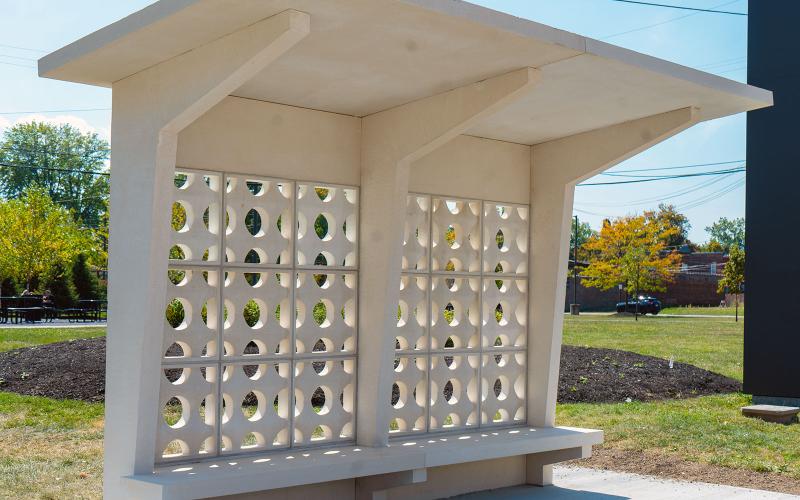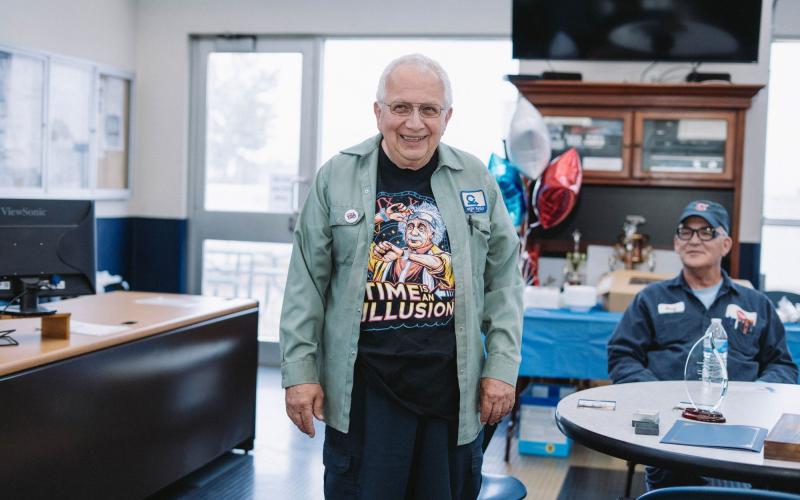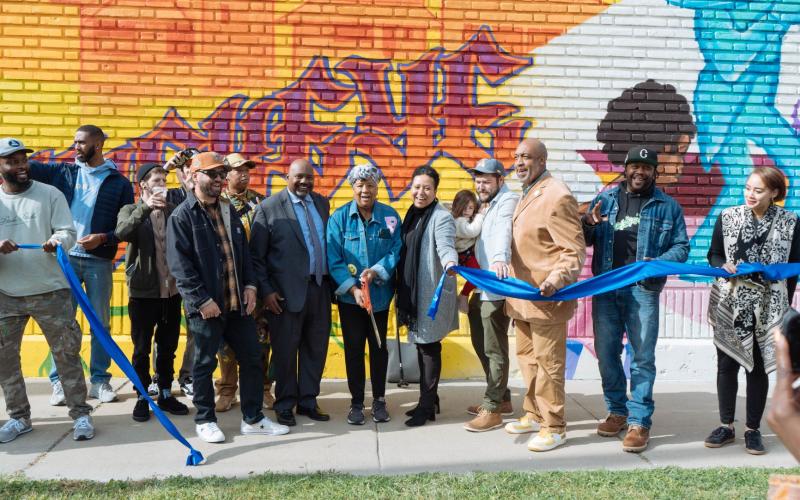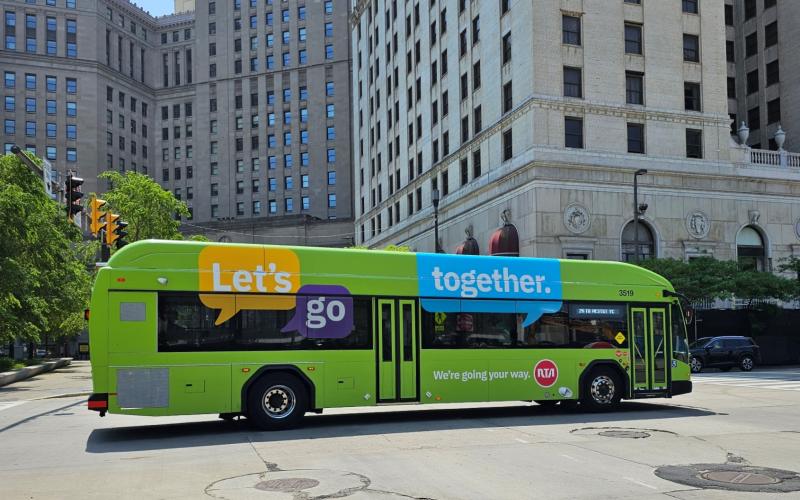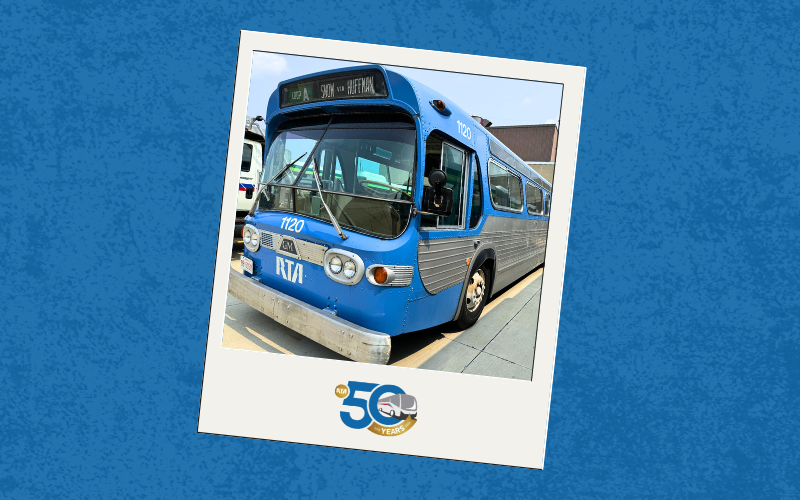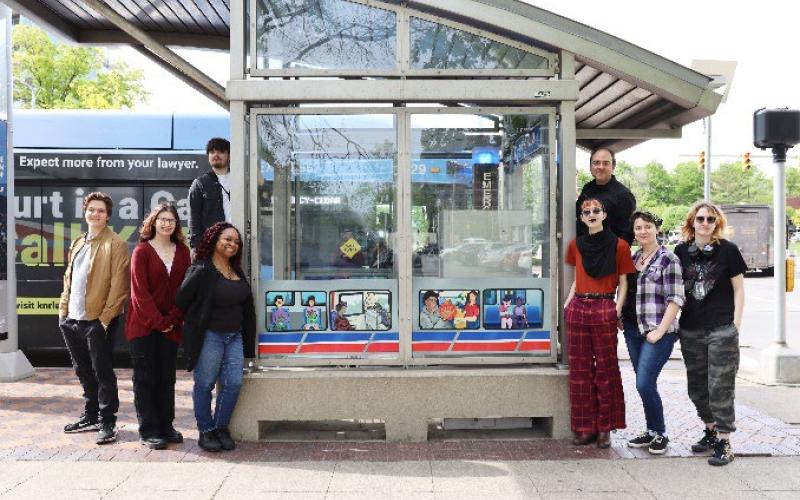May 5, 2021
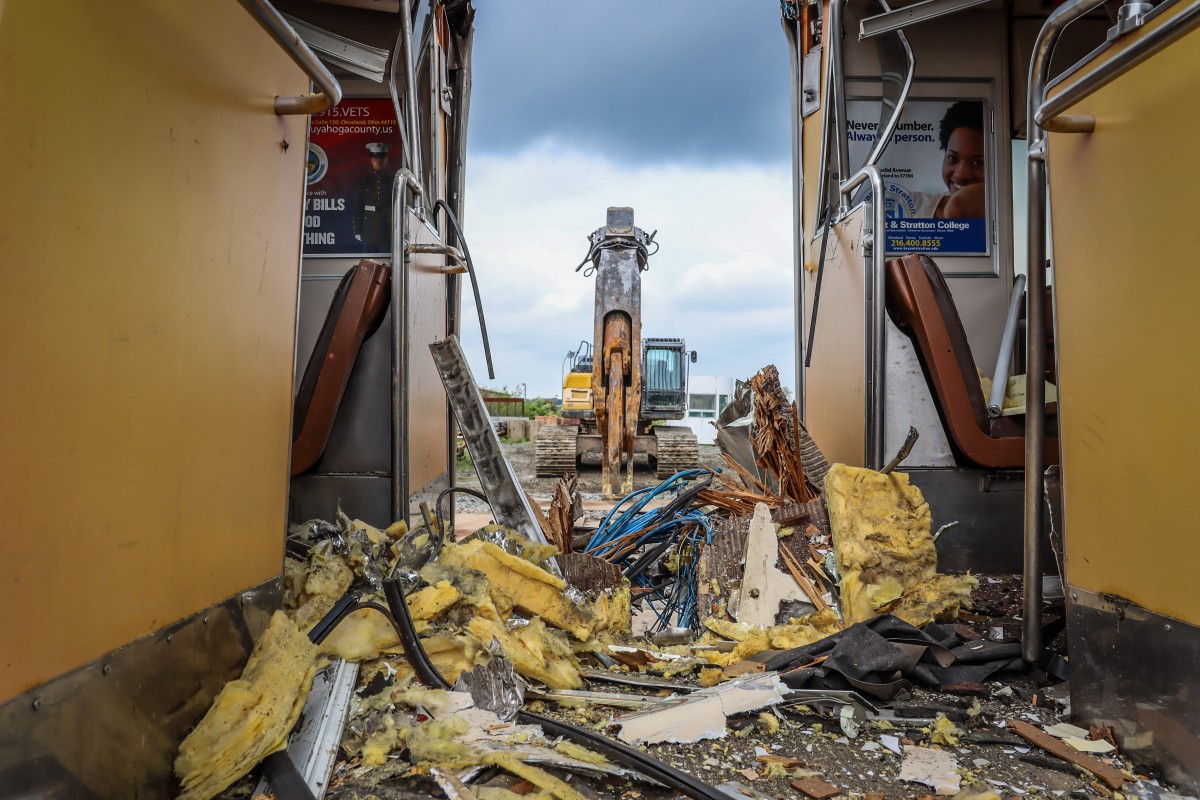
The train car known as HRV 339 picked up its first passenger on August 20, 1985. HRV 339 carried millions of riders over its 36 years in service, until mechanical and structural problems landed it on the list of 18 old trains to be decommissioned.
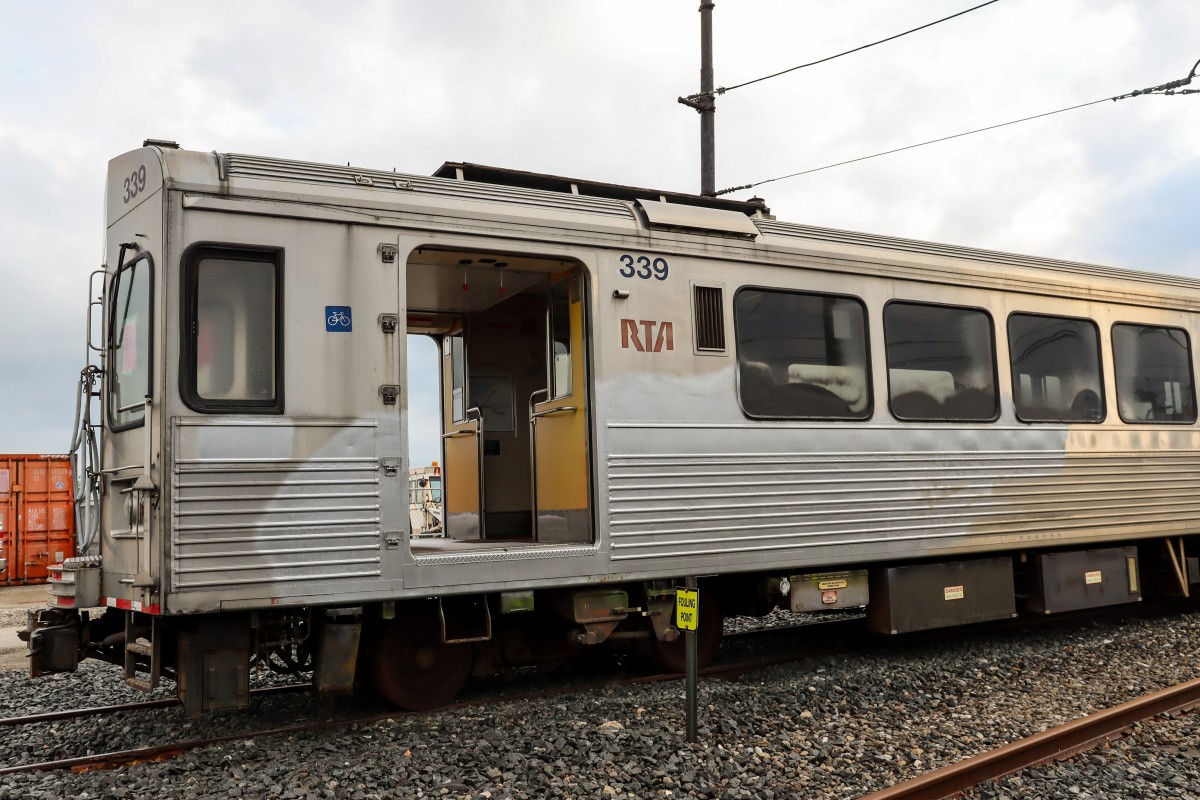
Most of the old cars, including HRV 339, were scrapped for spare parts. The train cars were selected based on a number of reasons, from various accident damage throughout the 35+ years of service, structural damage from corrosion, and whether it went through a midlife overhaul.
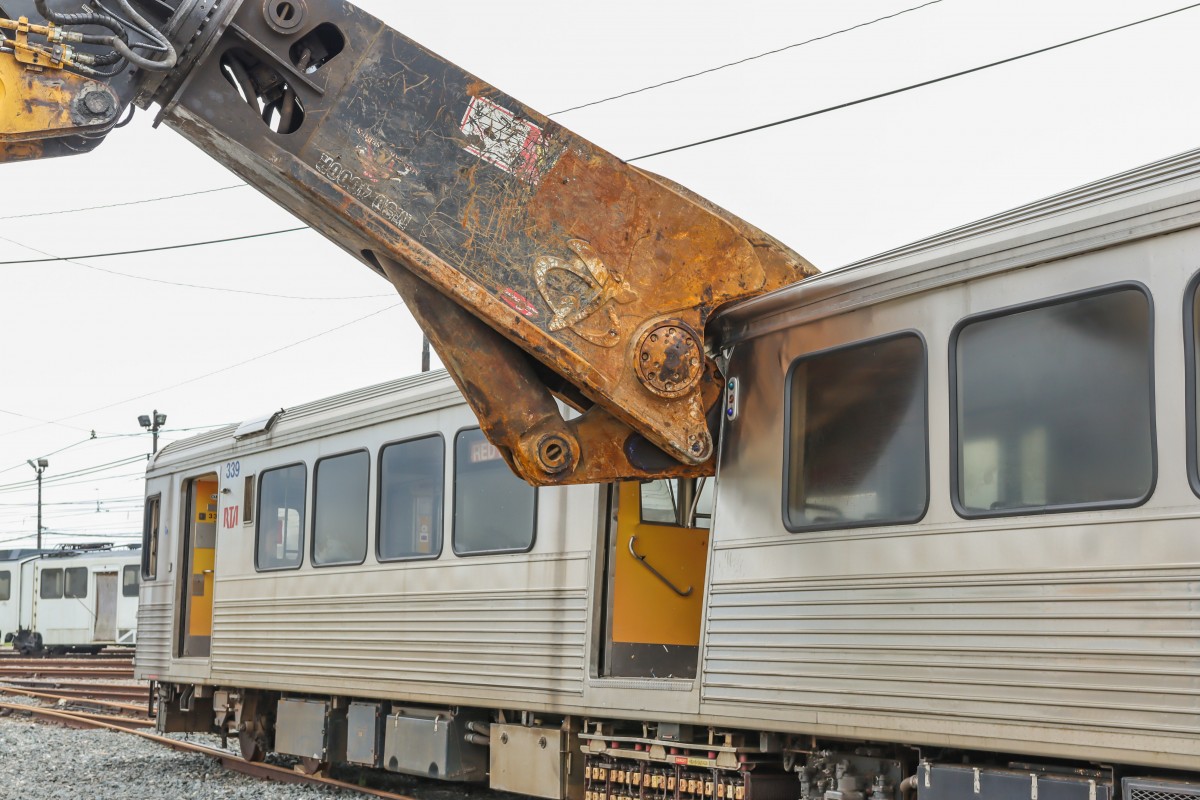
The trains selected were showing their age, as the expected service life is 30 years for a train car, and these cars had far exceeded their useful life. Components were changed out multiple times throughout the years, but the cars still had problems; the flooring, which was a huge undertaking to replace once deteriorated, was the final nail in the coffin.
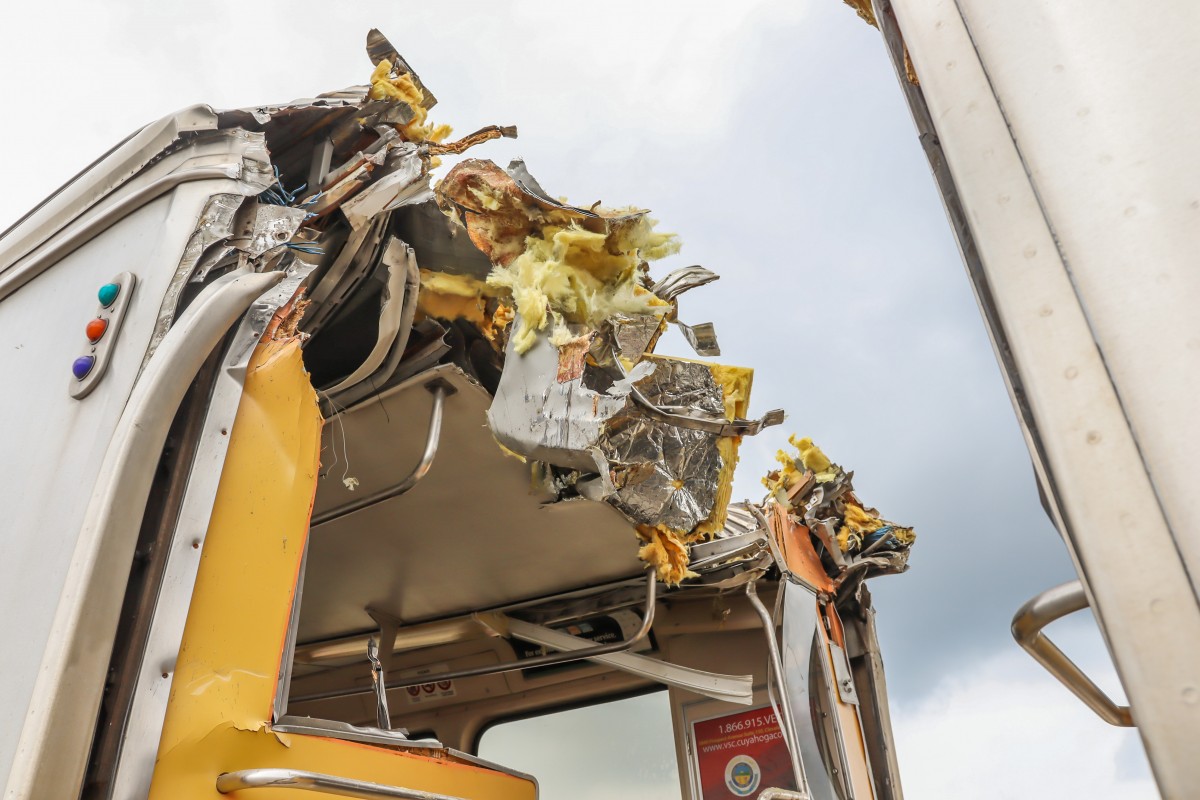
Once a car is selected for decommissioning, crews methodically pull every component that is still in good working order and can be used for spare parts. Workers then place tags on the items, which identify and track them for easy retrieval when needed.
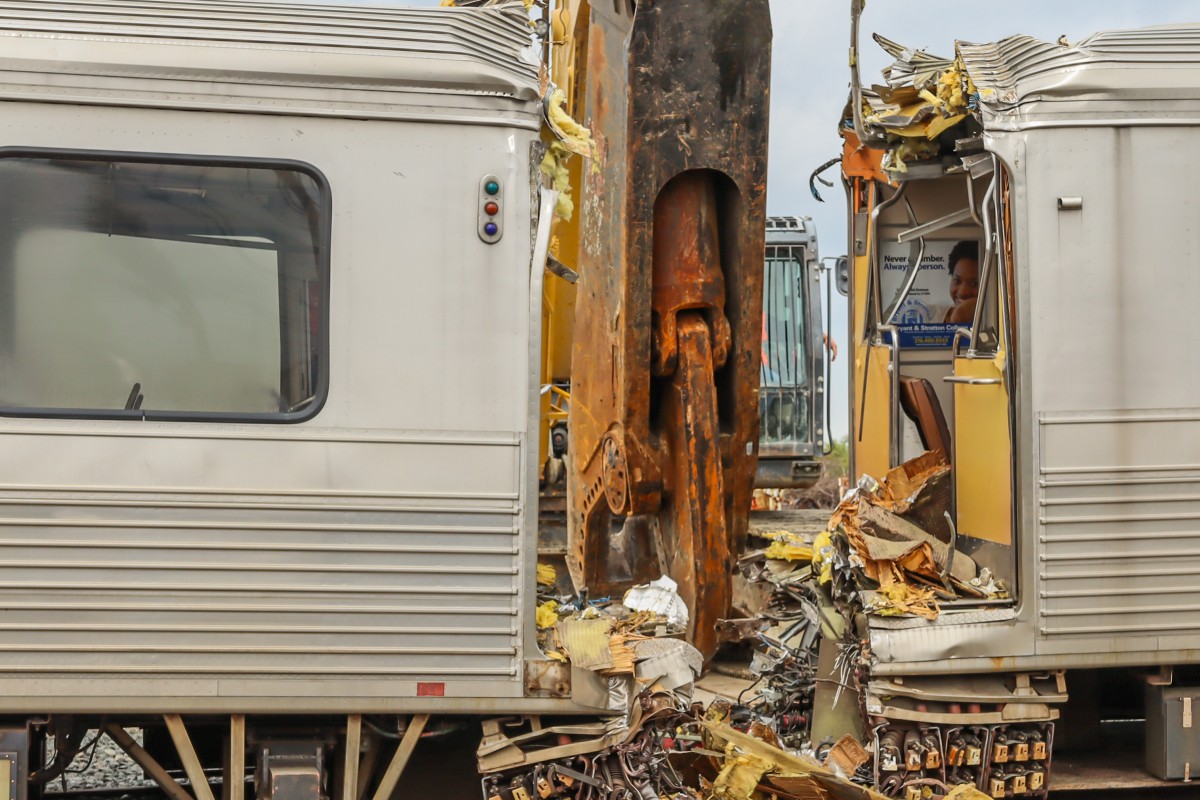
Over the next month, workers will break down these decommissioned train cars into smaller chunks, which will then be put through a series of steps to sort out the different materials - mostly steel, aluminum, and copper.
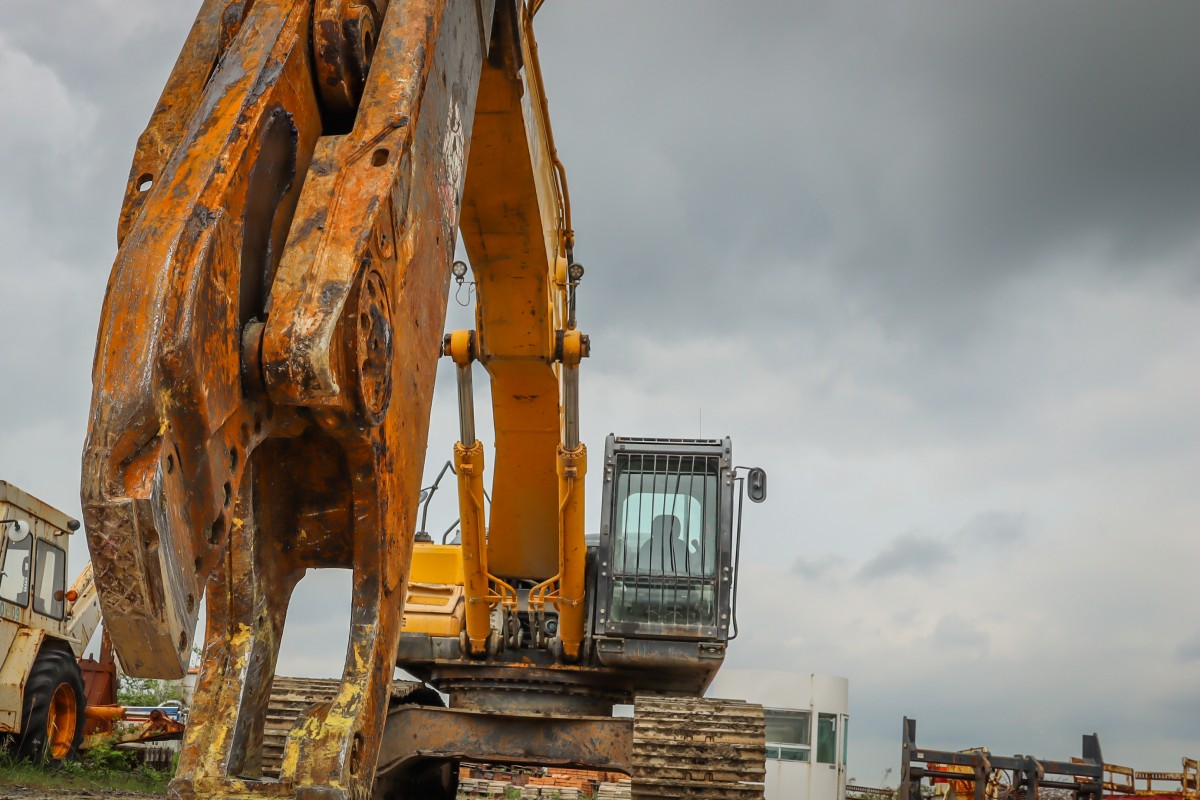
The mega shredding device is attached to a boom of an excavator. Each chunk will be broken down into smaller workable pieces, which will be placed in roll-away containers and then be processed for scrap.
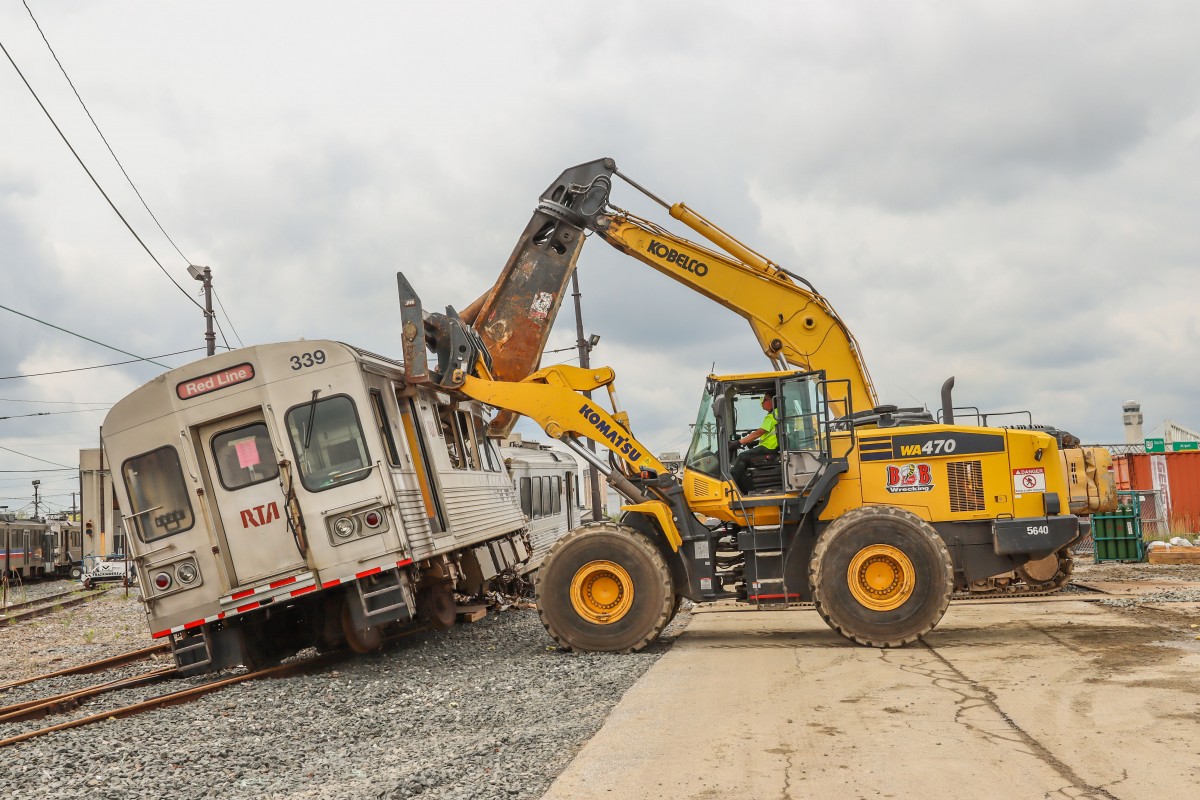
This is a finely tuned process that ends up sending metal materials to mills and foundries around the world, to get new life when used in other products that, for example, support critical infrastructure and transportation projects.
